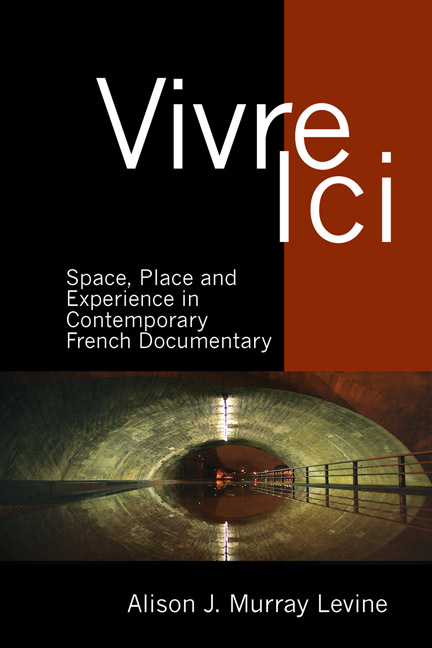2 - Planet
Summary
It started with a simple dream: to swim with the fish and the dolphins […]. To stop watching the spectacle and be a part of it. To never slow down—the sensation of speed and vitality is far too precious. That's what we wanted: a living camera dancing with the whales, leaping with the dolphins, bursting forth with the tuna, and gliding with the manta rays.
—Jacques Perrin, interview (2009)Imagine, for a moment, a movie viewing experience in a darkened theater with breathtaking digital projection and surround sound. Wind and waves crash and roar as they pound an unnamed coast. Suddenly, the room goes quiet. Underwater, a marine iguana navigates a field of rocks and seaweed, perhaps three feet away. The camera pulls in closer to follow the muscular body in its rippling progress up towards the surface, with a point-of-view shot so tight the animal seems to be wearing a Go-Pro camera on its back. The camera then comes face-to-face with the iguana, at eye level, as it emerges onto a beach, buffeted by waves. The water sloshes around in the frame and splashes up over the field of view, almost spilling into your lap. Besides the pounding waves, tiny details of local sound are clear. The lizard's individual footsteps slap and squish as it makes its way up the beach; a horseshoe crab's shell creaks as it raises its body up and plops as it releases back onto the wet sand. A few shots later, a slow tilt up from an iguana's feet to its face is followed by a medium shot of six iguanas looking out to sea, as if they had come to see you at the movies. Then, in deep focus, horseshoe crabs move through shallow water in close-up against the flare of a rocket lighting up the sky in the distance. In the next shot, an iguana, viewed from the back, turns its head. An extraordinary close-up of the front of the head follows; the reflection of the rocket's glare is visible in its eye.
This sequence from Jacques Perrin and Jacques Cluzaud's 2009 film Ωcéans/Ωceans invites the viewer to enter the world of the marine iguana, to swim alongside the animal for a moment, and to imagine the multisensory stimuli that buffet it in its daily life.
- Type
- Chapter
- Information
- Vivre IciSpace, Place, and Experience in Contemporary French Documentary, pp. 37 - 72Publisher: Liverpool University PressPrint publication year: 2018



